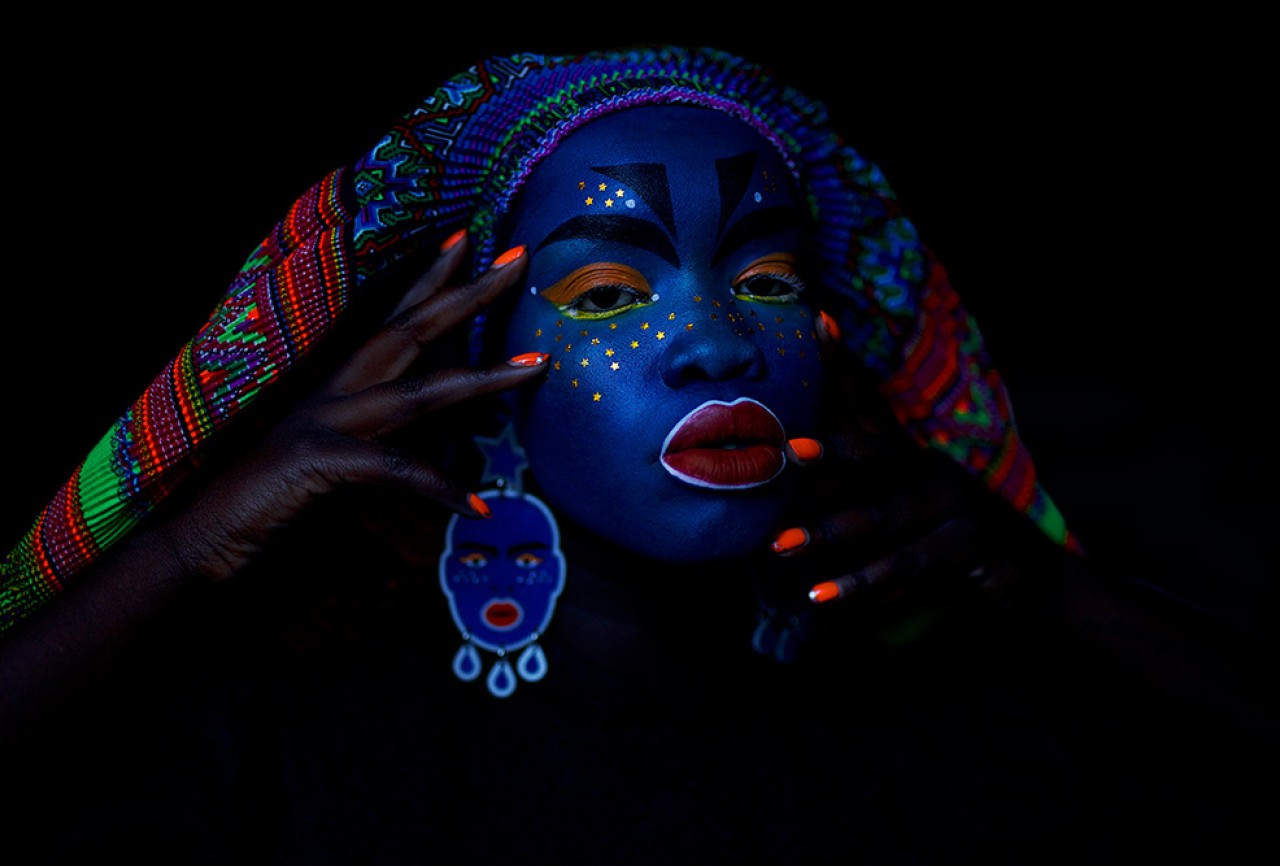Art After Dark 2022 Program
Over the colder months of May to August the Bunjil Place Outdoor Screen presents our Art After Dark program. Each evening from 6.00 pm to 7.00 pm we'll exhibit video art works by a high-profile artist. The work is exhibited on loop over the hour, as if in the gallery space, but instead under the stars on our Outdoor Screen.

The notion of the moving image as an art form rather than mere entertainment developed in the 1920s. Whilst filmmaking was becoming increasingly ambitious in Europe and America, filmmakers were considered entertainers rather than artists. Meanwhile in Paris, artists such as Man Ray, Fernand Léger, and Marcel Duchamp had begun experimenting with film as form producing Avant-guard sequences. In Germany and the Soviet Union, artists were exploring techniques like collaging, fracturing and montaging scenes to form dream-like visions. With the development of the video camera in the 1960s, video art emerged as an accessible art form that became widely recognised by galleries and museums. Nam Jun Paik was considered the pioneer of video art who throughout his illustrious career continued to push the boundaries of the medium through technological advances. Fast forward to the present day and video art is recognised as a respected art form which is exhibited widely in galleries and commodified through limited edition copies. Many artists work with video as an extension of their core practice or their primary focus.
Thumbnail Image: Transient Entanglement, Yandell Walton (2019), still from single channel video
Read more about our Outdoor Screen Program.
Check out which artists will be exhibiting on the Bunjil Place Outdoor Screen as part of Art After Dark series this Winter:

